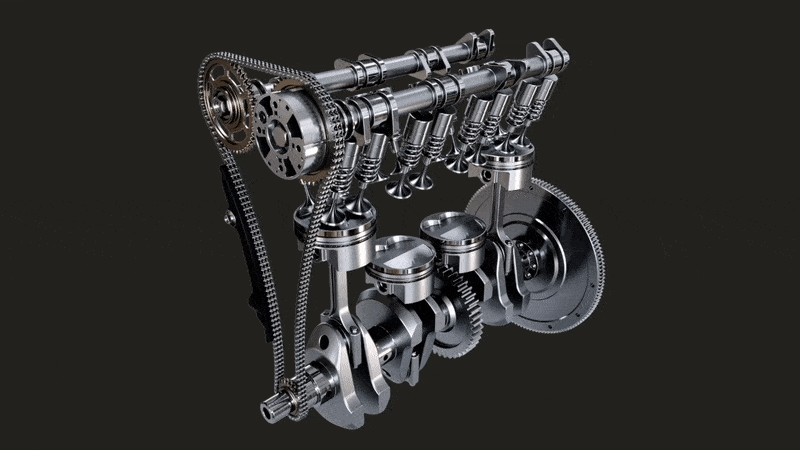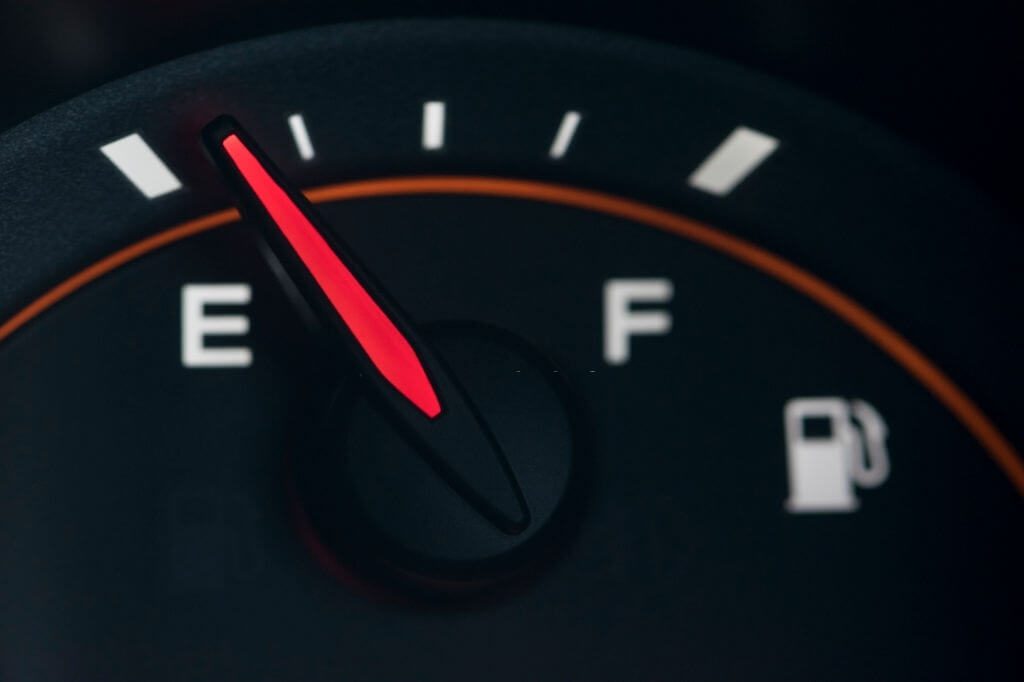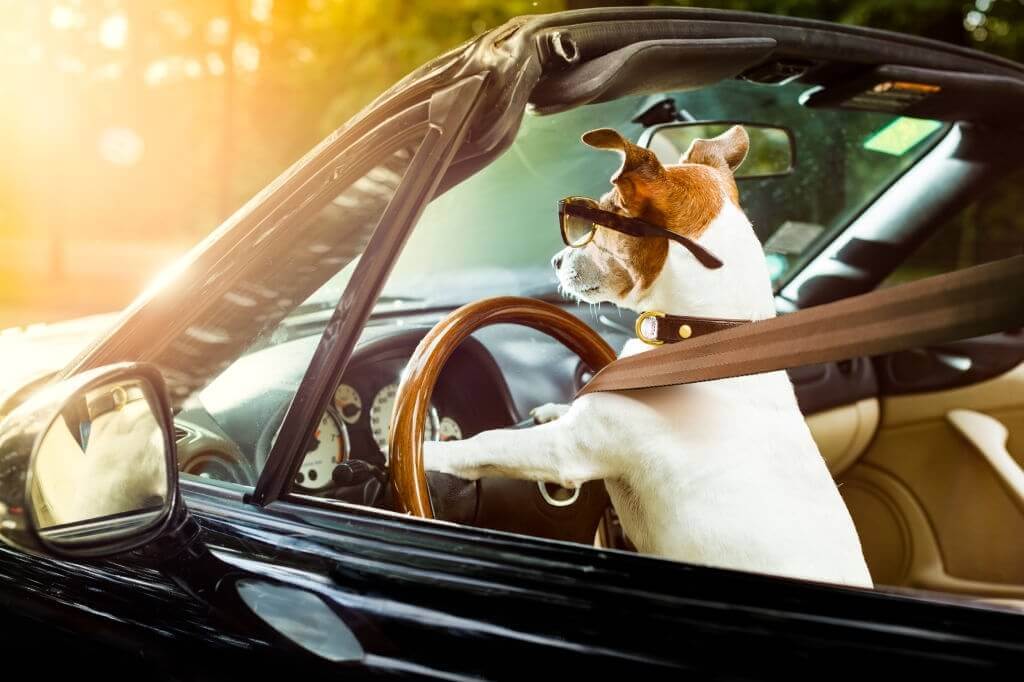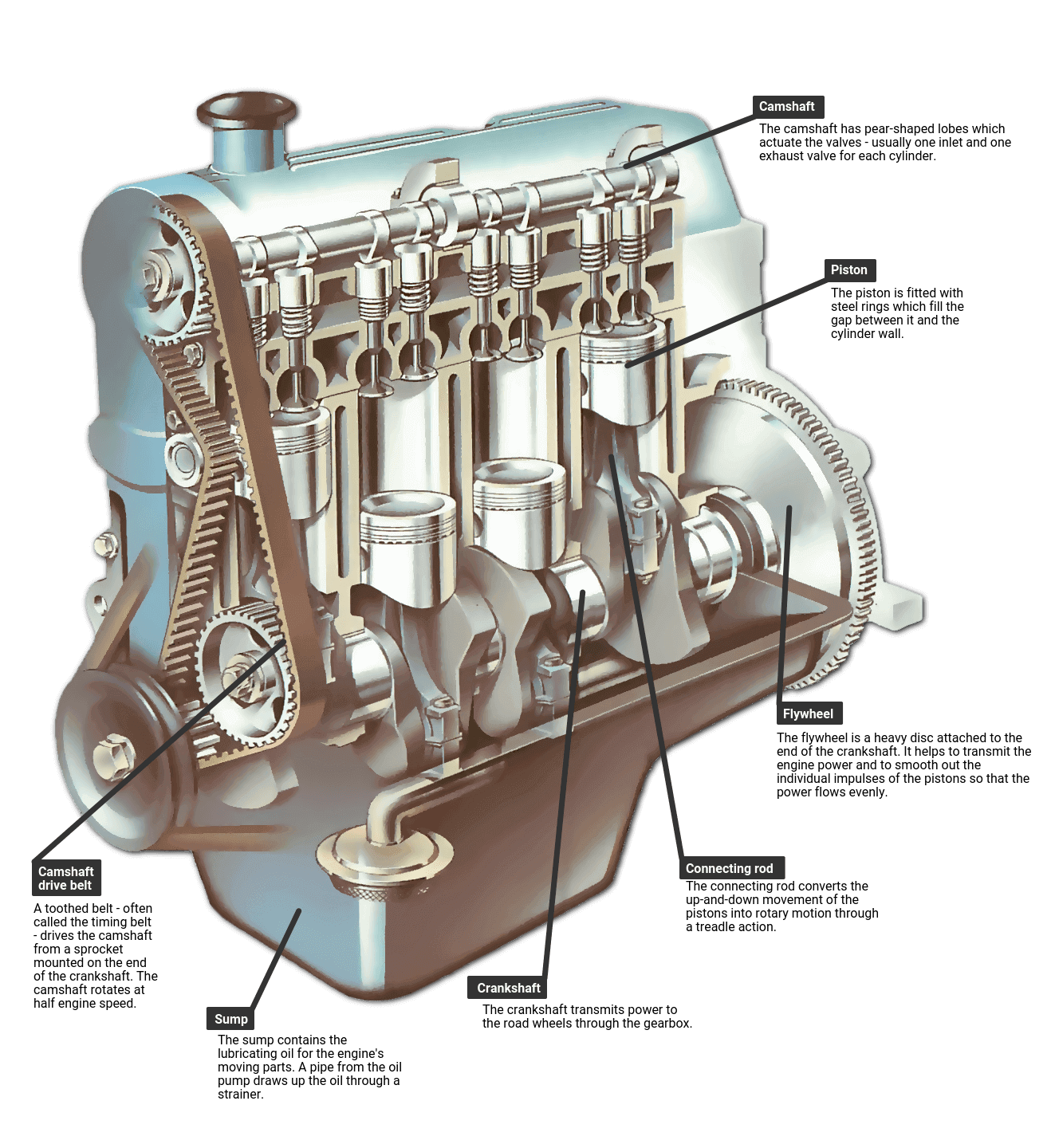So, has the big question ever struck your mind; how does a car engine actually works, what makes a car move?
Once upon a time, a car used to be just a thing you fill with gas in order to go from one place to another. But times have changed; cars are way cooler!
From sedans, Hatchbacks, minivans to our favorite, SUVs; there are a variety of styles and sizes for different buyers. For a lot of people, buying a car from the lineups of the most reliable car brand is a priority, some care more about their comfort, while others are on the look for the latest technology a car can offer.
With the advent of new technology and modification to car segments, vehicles are now an extension of our homes.
Some decades ago, every car needed a car key to start, but today, buttons are doing the job perfectly. So long the internal combustion engine – that noisy monster beneath the hood keeps doing its magic (unless you’ve already switched to an electric car).
If you are wondering what happens behind the scene, then keep reading as we explain the simple science that makes a car move forward whenever we start it
What makes a car move?
The internal combustion engine in our car is essential for moving car wheels (and, ultimately, driving the car). The engine is the heart of your car. It is a complex machine built to convert heat from burning gas into mechanical work or torque. To move the car forward, torque is applied to the wheels.

Whether you’re driving a Ford or a Ferrari, your engine operates on the same basic principles. It is worth mentioning that Internal combustion engines are not used in all automobiles. Electric vehicles, for example, have gotten a lot of attention recently as a possible alternative to gasoline-powered vehicles. They get their energy from the electricity that turns the car’s wheels.
Engines generally have pistons that move up and down inside metal tubes called cylinders. Consider how you turn the pedals on a bicycle by moving your legs up and down.
Similar to your shins, Pistons are connected via rods to a crankshaft, and they move up and down to spin the engine’s crankshaft, the same way your legs spin the bike’s – which in turn powers the bike’s drive wheel or car’s drive wheels.
The operation can be divided into a few steps.
Source of Energy: Fuel
The gasoline you use in your car is gotten from crude oil. After the oil is drilled from the ground, it is transported to a refinery where it is heated and split into various components.
The gasoline-containing lighter components evaporate and condense in a separate tank, while the heavier parts sink to the bottom. Gasoline is what we use as motor fuel after further refining.
How does a car burn fuel?
To generate energy, the car’s engine uses gasoline. The way this is done is simple; gasoline is transferred from the tank to one of its cylinders via a fuel line. Engines vary in size, but most have four or six cylinders. Each one takes in a little bit of fuel and a small amount of air before igniting it with a spark from the spark plugs in order.
A tiny explosion happens when gasoline is pumped into the cylinder and combined with air before being ignited, rapidly expanding the gases within the restricted cylinder. The four-stroke operations include compression, ignition, power, and exhaust.
A piston at the bottom of the cylinder is forced downward and the engine’s crank shaft is turned by the downward motion of each of the cylinders. The gases created by combustion, such as carbon dioxide and water vapor, are pulled out of the cylinder and released as exhaust through the car’s tailpipe.

Connecting the Power: Drive Shaft
A car’s drive shaft is a mechanical part that connects the engine to the wheels. The drive shaft runs the length of the vehicle into a transfer case and connects to the transmission with a U-joint. As the combustion engine burns gasoline and a connection is made, and the drive shaft begins to rotate.
The action of the piston lowers the drive shaft, which raises another piston in its cylinder, repeating the compression, ignition, power, and exhaust processes. The back axle and wheels receive power from the rotating drive shaft, which causes them to revolve as well, propelling the car ahead.
The revolving crank shaft turns the heavy flywheel at the back of the engine. The flywheel is directly connected to the gearbox, allowing the driver to adjust the ratio of engine to drive speed.
The gearbox then connects to the drive shaft’s bar, which spins at the speed of the specified gears, and is connected to a split differential, which allows the driving power to be directed to the rear axle.
What makes the Wheels and Tires move
To turn the wheels, the engine, crankshaft, transmission, drive shaft, transfer case, and axle all work together. The wheels will not move if any part of that system malfunctions. Lug nuts and bolts secure the wheels and tires to the vehicle, and disc brakes provide stopping power.
In the case of four-wheel-drive trucks, there will be two transfer cases at the front and rear axle. The transmission will engage each transfer case independently of the other. Trucks don’t always operate in four-wheel drive, so the driver must put the vehicle into that mode.
Tires are made up of special hardened rubber that fits tightly around the car wheels (rubber is liquid without being hardened first). They provide traction on the road surface. Without them, the car’s wheels would spin rapidly on the road, but will not move the car forward.
Where friction comes into play
Does a car use friction to move?
Even though friction is commonly thought of as the force that opposes an object’s motion, a car’s mobility would be impossible without it! Friction slows the car down as it travels down the road, but it is also the force that allows it to travel in the first place.

The type of friction that moves a car is called “static friction”. When two things touch or push against each other without sliding, static friction is created. When you drive, for example, your wheels press against the pavement, causing the car to move, but the tires do not slide across the pavement.
Car Engine Diagram

The Different Types of Engines
Of course, there are exceptions and minor variations among internal combustion engines on the market. For example, Atkinson-cycle engines alter valve timing to produce a more efficient but less powerful engine.
Turbocharging and supercharging, which are grouped together as forced-induction alternatives. They provide more air to the engine, increasing available oxygen and hence the amount of fuel that can be burned – resulting in greater power when you need it and more efficiency when you don’t.
Diesel engines on the other hand can accomplish all of this without the need for spark plugs. However, as long as the engine is of the internal combustion sort, the fundamentals of how it operates remain the same. Now you know what makes a car move!
If you’re crazy about cars just like us, then you may want to see the answer to this age-long question – can you breathe in a car trunk?



